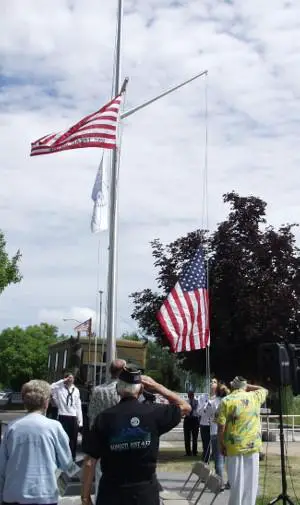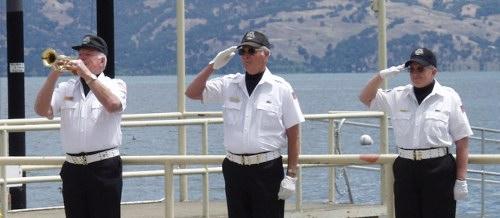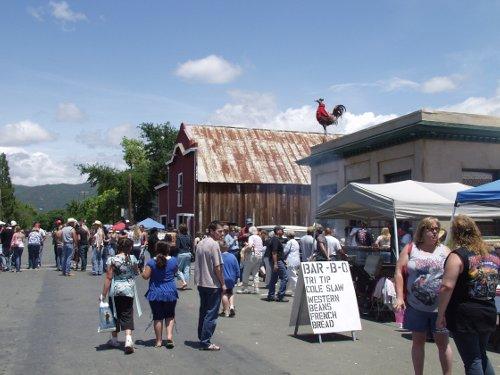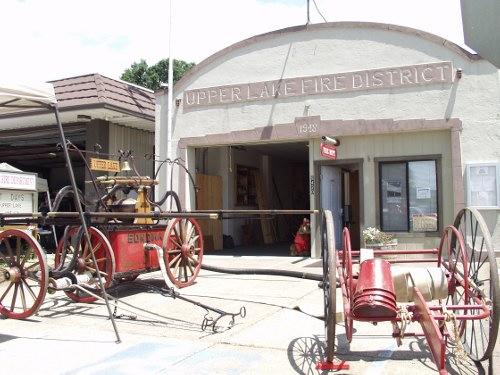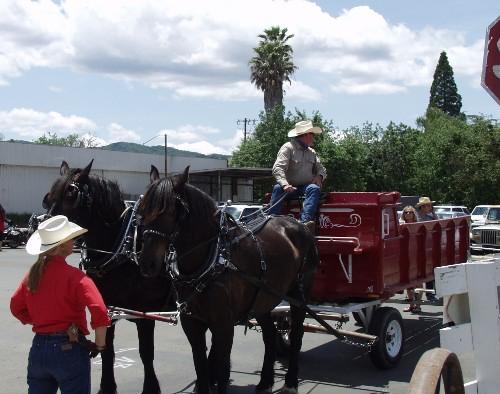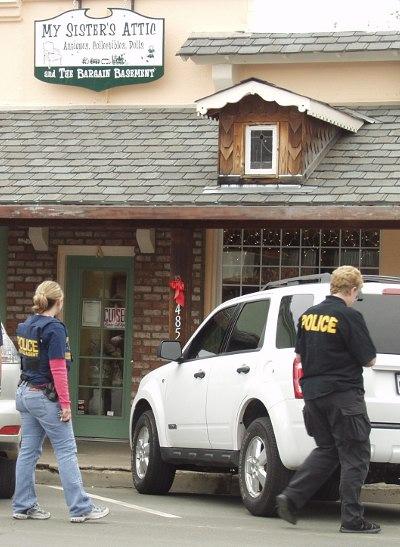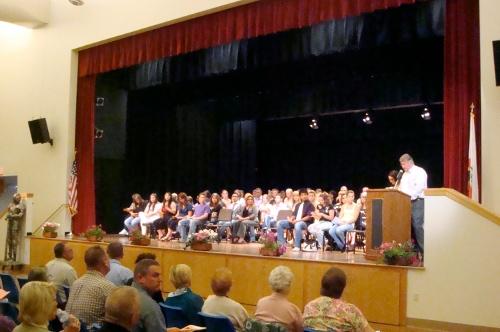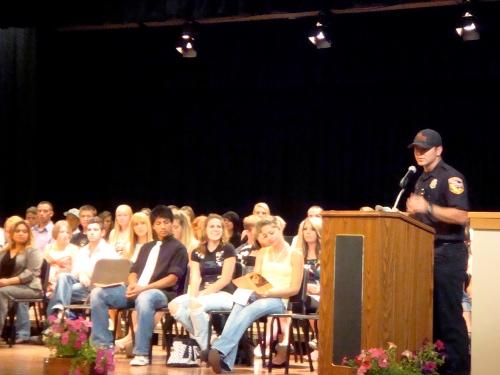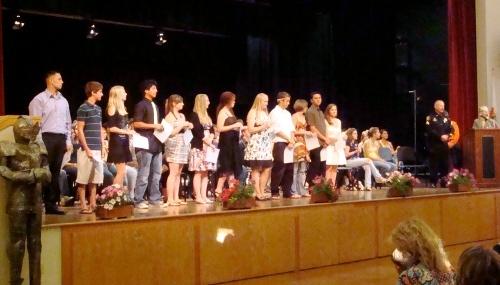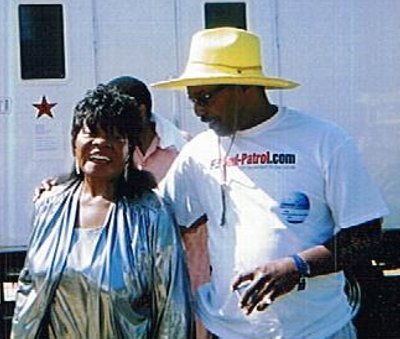
I’m here to educate, not insult; if some readers are insulted by the end of this special column I will understand, but I will also have done my job. After all, I sit at restaurants and watch you eat, and you need some advice.
Most Americans have the table manners of an Irish setter. I can hear you already claiming, “Not me!” as if you are the Apostle Peter being questioned. Face it, Peter knew Jesus and denied it, just as you have the etiquette that would make Miss Manners get the dry heaves and yet you still profess, “I have good manners!”
I’ve mentioned before the fact that I had grandparents that were a little pedantic when it came to proper etiquette and I have had formal etiquette training. I, however, don’t swagger into the every room like James Bond or open the car door every time for my family. I scratch my self inappropriately in public and sometimes a little too vigorously. I’ll admit that I’m not perfect, but I do put forth an effort for my fellow diners.
My wife loves it when we go to a formal event because I turn on the formal etiquette switch and become the most desired man at the table (except for the fact that I look like a yeti … in a tux). I can employ manners so refined that I have seen women gaze longingly at the idea of being treated with such courtesy and the men sitting at a table with me become embarrassed. But it’s the ones that never even notice what I do that I want to address today.
I went to a charity dinner not too long ago and fully expected to write about the event for this column. My wife wasn’t able to accompany me, and the tables seated even numbers so since I was there on my own I was seated at a table where I didn’t know anyone with other mismatched guests. The food was good, the ambiance was elegant, but the people at my table had such disgusting table manners that it ruined the evening for me, and I had no intention of sharing this horrible experience or marring this charitable event with a full sordid portrayal.
The dinner was served family style, which means the food comes on serving platters for the entire table and you serve yourself from the communal plate. The salad was brought to the table in a large bowl and immediately one of the ladies at the table began to pick the croutons from the serving bowl with her fingers and eat them. I couldn’t believe she was doing that, but then again all of the men at the table (except for me) were wearing hats; my hat was stashed in the corner of the room. Evidently nobody informed me that baseball caps are now considered formal dinner attire. I decided the faux pas to this point were forgivable and continued with my dinner.
When the main course arrived there were serving tongs with the food, but evidently they were a foreign tool to my compatriots as they all virtually simultaneously reached out with their forks and stabbed the food in the shared plate and hoisted it to their own dinner plate. I guess my dinner companions’ hunting and gathering efforts for the day were a failure and they needed to gorge themselves as quickly as possible before the saber-toothed cats showed up. Clearly my eyes must have widened in shock at the sight because one of the guests looked at me as if I had a frog on my face.
Later when one of the ladies of the table needed to leave for a moment, I rose up as she did and stood there as she left before sitting back down. The other men at the table looked at me momentarily, wondering where I was going, but then returned to chewing on the carcasses on their plates. It was at this point that the dinner became a dismal failure for me, which was unfair to my hosts. It wasn’t their fault; they had provided a lovely atmosphere with good food, but the behavior of my tablemates literally spoiled my appetite.
What’s the big deal about etiquette? Why should it matter how people act at in public?
Etiquette is a matter of mutually supported self-protection. Etiquette came about as a way for enemies to meet to discuss treaties and be assured that the each man wasn’t going to assassinate the other.
The handshake, for example, originated as a full grasp of an opponent’s forearm as a way of determining that he had no hidden knives up his sleeve. It evolved into a polite greeting among friends.
Raising a glass in a toast started out being a splashing of one man’s mead into another’s, and honor demanding they both drink to prove trust that there was no poison. Removing one’s hat indoors was required by the host so that he could see his guest’s face and determine his intentions.
Over time habits such as this evolved into civilized and polite social customs, but there is still merit in them. Displaying etiquette shows respect for your host and your host’s guests. Not picking food off a communal plate with your fingers is a sanitary issue.
Soon after my charity dinner fiasco, I attended a much more formal charity dinner (I attend a lot of charity dinners). Now me being the silly goose that I am, I expected to be joined by people of more refinement. I bet you’re laughing already aren’t you?
Here’s a couple of standouts: One of the women at the table knew someone at another table and they yelled back and forth to each other as if a conversation between people 20 feet apart is perfectly normal at a formal function. And maybe you’re not aware of this but it is perfectly proper to eat asparagus and fried chicken with your bare hands ... but not your baked potato. Really, I watched that take place this evening also.
I can understand why proper manners are falling by the wayside. Personally I think the fact that families aren’t eating together as much anymore is one of the main reasons that people don’t know or aren’t learning etiquette anymore. I had parents, grandparents and nuns with yardsticks always pushing proper etiquette on me and my siblings. It was a constant subject at every meal, even when dining at home. With the lack of eating meals together, there’s no opportunity to hone the finer points of etiquette, beyond “Don’t rub spaghetti in your hair!”
I’d like to help. Let’s cover a few basics ...
A gentleman should – yes, that’s what you should aspire to be – a gentleman should consider his date’s comfort at all times and in any way possible. He should accord her every display of respect. Why? In this day and age when women have equality, why should we treat them so specially? Because, let’s face it, we still want to be with them, don’t we? Behaving like a gentleman, you become desirable to women. Trust me on this, I’m no George Clooney. I’m surprised that I don’t have to club women over the head like a Neanderthal and drag them off by their hair. But once I turn on the refined manners, I get attention.
A gentleman stands up every time any lady leaves or arrives at the table. You have to be observant, notice that they are coming or going and have your napkin ready and wipe your mouth and swallow before standing. As I heard it said once, “The price for dining with a lady is eternal vigilance.”
A gentleman will not touch his food until every lady at the table has taken a bite out of their meal, not just his own date. It’s a sign of respect for women in general. No one should touch a drink or eat a bite until the host has. He or she sets the tone and pace of the meal or event, and that position should be respected.
There are many schools of thought on where your arms should be during dinner. The French custom is to see both hands in sight at all times, the origin being so they could be sure that their guests were not going to pull a knife on them. Therefore, they rest their forearms on the edge of the table. The English custom was established by more sanitary concerns, so they keep inactive hands in their laps. Under no conditions should elbows make it onto the table.
Never use your napkin as a handkerchief. ‘Nuff said.
Your drink is to the right side of your setting, your bread dish to the left. Remember it by “Drink Right.”
Wait staff is trained to serve you from the right and clear from the left, so cool it on the grand gestures and flailing arms. They know what they’re doing, or should.
I don’t know why I have to say this, but ... please, swallow your food before you speak. Your anecdote isn’t so interesting that I want to watch your food as you tell it.
Foods that it is considered to be proper etiquette to be eaten with the fingers are: artichokes, asparagus, bacon, cookies, corn on the cob, whole fruits or berries with stems, hamburgers, hors d’ourves, hot dogs, French fries, fried chicken, pickles, oysters on the half shell, potato chips ... you get the idea.
There are many more things that I could mention here but I think that these basics will make your meal and the dinner of your companions much more enjoyable and civilized. No one ever talks enthusiastically about their wonderful dinner with the Cro-Magnons next door.
Ross A. Christensen is an award-winning gardener and gourmet cook. He is the author of "Sushi A to Z, The Ultimate Guide" and is currently working on a new book. He has been a public speaker for many years and enjoys being involved in the community.

 How to resolve AdBlock issue?
How to resolve AdBlock issue? 
